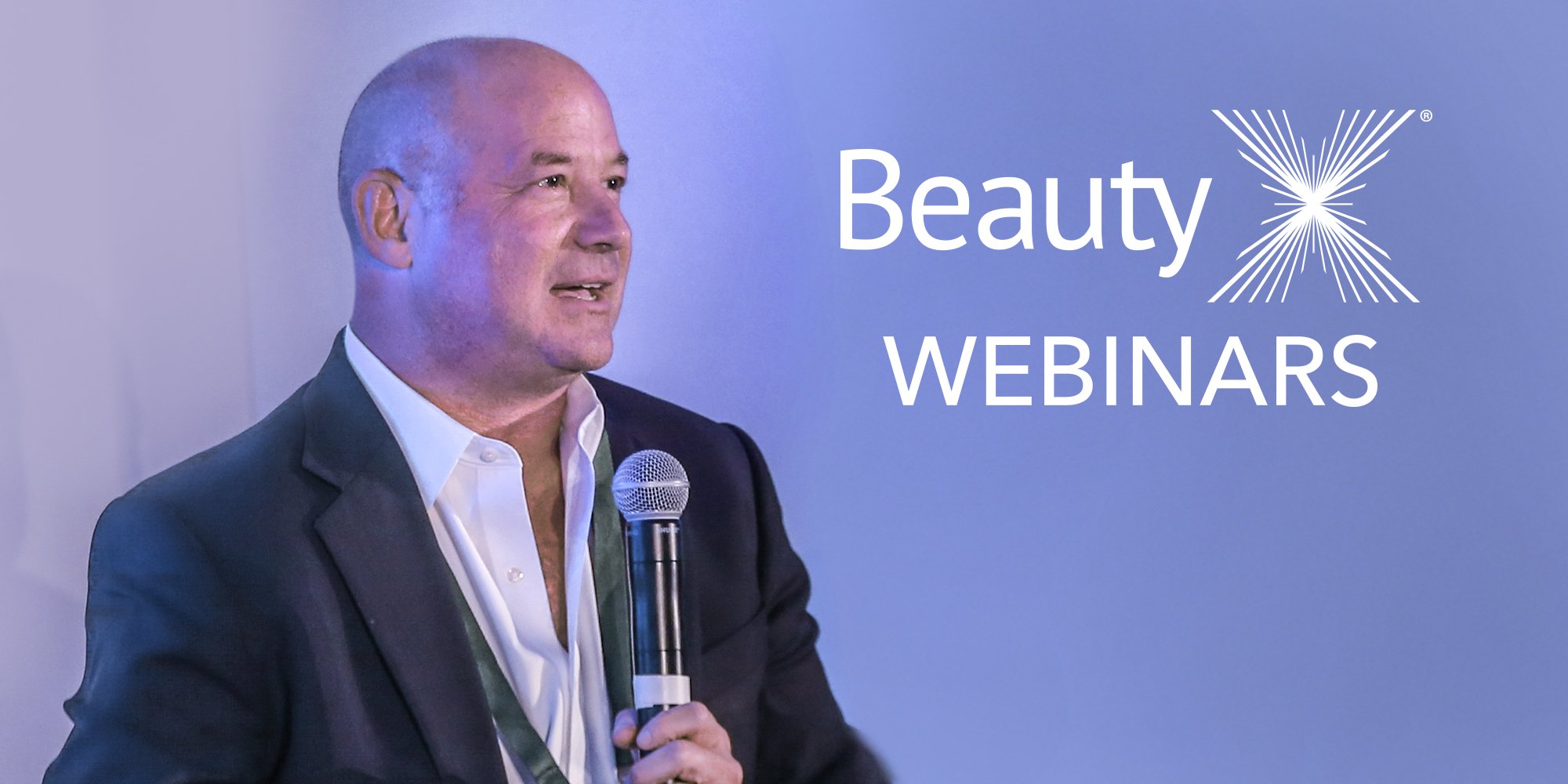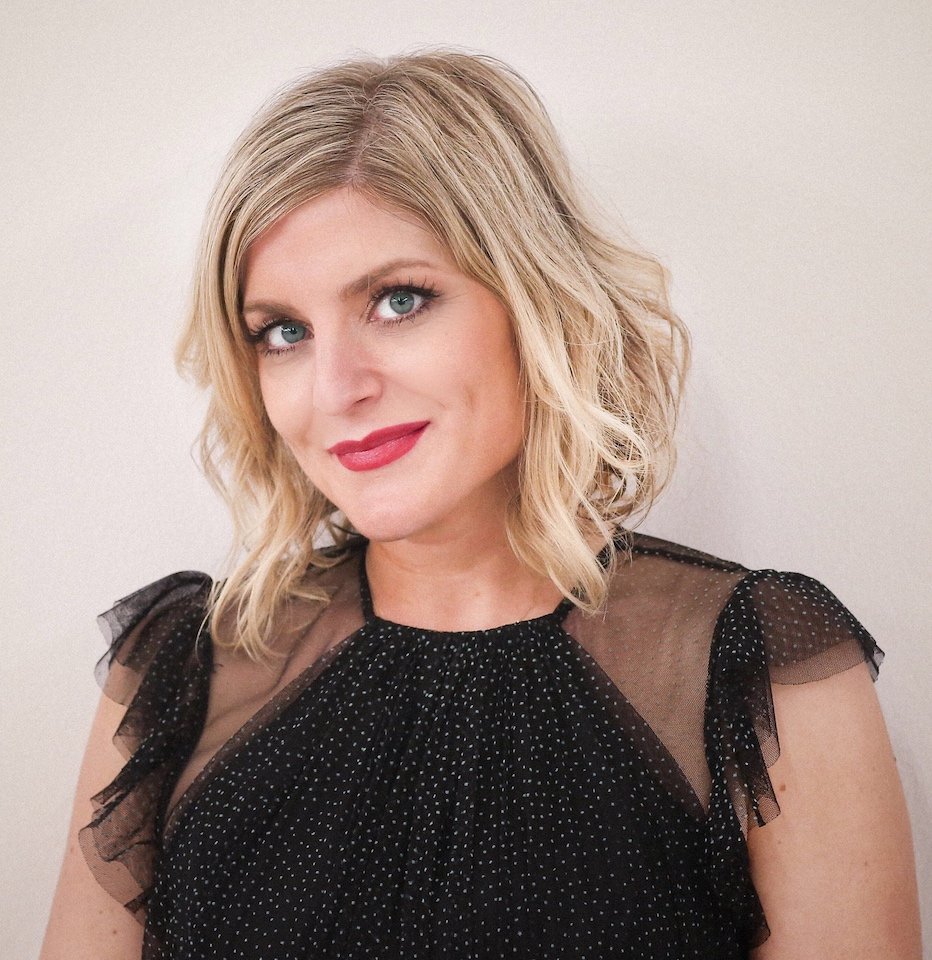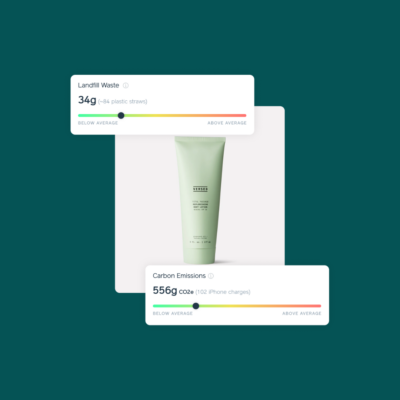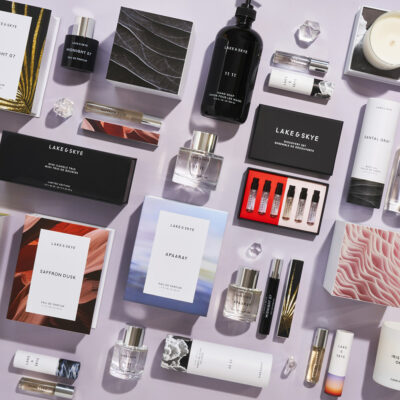
“Quality Of Revenue Matters”: Tengram Capital Partners’ Richard Gersten On His Investment Strategies And The Mistakes Young Beauty Brands Make
In the beauty industry, investors don’t usually have the name recognition of successful entrepreneurs and long-tenured executives. Richard Gersten is an exception. Among the beauty business cognoscenti, the Tengram Capital Partners partner is a well-known entity—and, for many savvy CEOs, he’s a highly-coveted advisor and backer. Gersten began in private equity two decades ago at North Castle Partners, an early engine for consumer product companies where he was involved in the Avalon Organics and DDF investments. In 2007, he moved to L Catterton, where a mandate of larger deals widened his sector focus, before returning to his beauty roots at Tengram four years later. Since then, he’s built the firm’s portfolio to include Lime Crime, Cos Bar, Algenist and RéVive. On Monday, attendees from last month’s entrepreneurial education conference BeautyX Capital Summit attended a webinar featuring Gersten during which they asked the veteran beauty investor about his strategies, common mistakes he sees brand founders make and whether he thinks the beauty industry is headed for a slowdown. Beauty Independent was fortunate to be able to listen in to share his answers.
How is the beauty industry different today from what it was like a few years ago?
I put together a slide over 10 years ago on why investment in beauty make sense. There’s only minor differences from then to today. It’s an industry that’s globally large and growing at rates beyond what industries that size should grow. It’s a fragmented market where indies are consistently taking market share from larger, more established brands. Margins and return on capital characteristics are attractive compared to other industries, and there’s a rich “strong exit market,” meaning, if you built something of interest, there were logical corporate buyers who would acquire it for growth. Now, the number of buyers on backend has dramatically increased.
What does Tengram look for in potential investments?
We invest at least $15 million into any single investment. That’s purely for return on time invested. We’re going to be hands-on. We’re going to spend a lot of time [with the brand]. We’ve got to manage our own time related to our capital deployed to get adequate returns. Our investment in a company is partially to add cash to the balance sheet to fuel growth and partially to cash out existing stakeholders or some piece of the founders’ stake. It’s unlikely that we’d just put $15 million on the balance sheet, that feels risky to us. It’s not our M.O.
A lot of what we’ve seen [in the past few years] is too small. We have also seen deals where the complexity and the risk aren’t being priced in. We lean towards more complexity so we get value at the entry. For experienced and knowledgeable investors, there are opportunities to find value in a market where value does not generally exist. Funds and corporate buyers wouldn’t have had an interest in brands [Tengram has invested in such as Lime Crime and RéVive] due to the complexity of the deals. We’re different in that we can leverage our knowledge and experience in the space to mitigate or see through risks that a less experienced investor [couldn’t]. Markets are generally efficient, so we get value for taking some of that complexity and risk.
The reason an investor focuses on a certain sector is the cumulative knowledge and network you build in that space, and the inherent pattern recognition that exists in any sector. If you have done the same thing over and over for 15 years, you start to see patterns. Those patterns allow you to more easily replicate successes and avoid mistakes. What we’re asking our brands to do is not rocket science. It’s executing an already proven strategy that others have executed for years with modest tweaks.
What are mistakes do you regularly see young brands make?
Young brands, to a fault, chase distribution. They think someone’s going to pay them some multiple of their revenue [if they were to acquire the brand]. So, the more the revenue they have, the more valuable their business is. But the quality of revenue matters and the brand profile matters. If you are in the wrong channel from a brand image perspective, that can take away from the brand’s value.
The lack of IP registration is another mistake. Very few young brands register their trademarks in China. Once a brand already gets traction in the U.S. market, there will often already be a trademark squatter in China. It can cost hundreds of thousands of dollars potentially, depending on the situation. Many of our brands have had issues. Money can usually resolve it, but not always. You think you have a deal and, then, they move the goalpost, and you have to walk away and make them sweat a little bit. Register your trademark in markets that eventually will matter. Not having your marks in China can impair your ability to sell your business at some point and impair your ability to grow your business in a market that’s experiencing strong growth.
It’s not uncommon to see digitally-native and home-shopping brands not have enough margin in their product to go wholesale. With DTC, you don’t have to pay a retailer a markup, so you can give value to the consumer and still make money, depending on your customer acquisition costs. In home shopping, you don’t have to have as high a gross profit because you have no seller cost against [the product], so it could be profitable even with lower gross margins. Trying to formulate products that have costs of goods at some reasonable percentage of their retail price allows for them to go omnichannel at some point. A lot of earlier businesses don’t think forward in that way. Part of the issue is the high cost of small runs at small scale, so their costs aren’t where they need to be, but, having that in mind as you launch and create new products is important and a very common mistake.
I fundamentally believe that you inevitably have to go to wholesale in this business. It’s great to have a direct relationship with your customers and, theoretically, there’s higher margin in eliminating the middle man, but it gets very expensive to scale and acquire customers as you scale. Your earliest customers are cheaper to acquire than the ones you acquire five years later. You have to look at what are you spending to acquire, what is the lifetime value of that, and how global can that be if it’s pure direct to consumer?
What do you think about launching a brand around an innovative proprietary ingredient?
We want some proof of brand and concept. If you think you have something innovative and proprietary, what about licensing it to another brand to use in their product? That does not require capital and could be a good cash-flow decision. Or do you want to try and commercialize a brand and product around an ingredient? That could be very expensive and risky. Think hard about how you want to build your product.
Is beauty headed for a slowdown?
There’s been high-profile wins at some silly valuations that make it look easy, but it’s not easy to scale a business profitably and create long-term value. We’ve had years of inflated growth. There’s a graveyard of investments that people don’t talk about like Glansaol. Growth will normalize. Some investors may get burned and, therefore, things will start to look how they looked five to seven years ago with a little less interest in the category. People will admit that things were not worth perhaps what people paid for them. [Beauty] will always be an attractive area to invest in, but you’ve got to price risk appropriately as a buyer and take advantage of robust markets as a seller.





Leave a Reply
You must be logged in to post a comment.